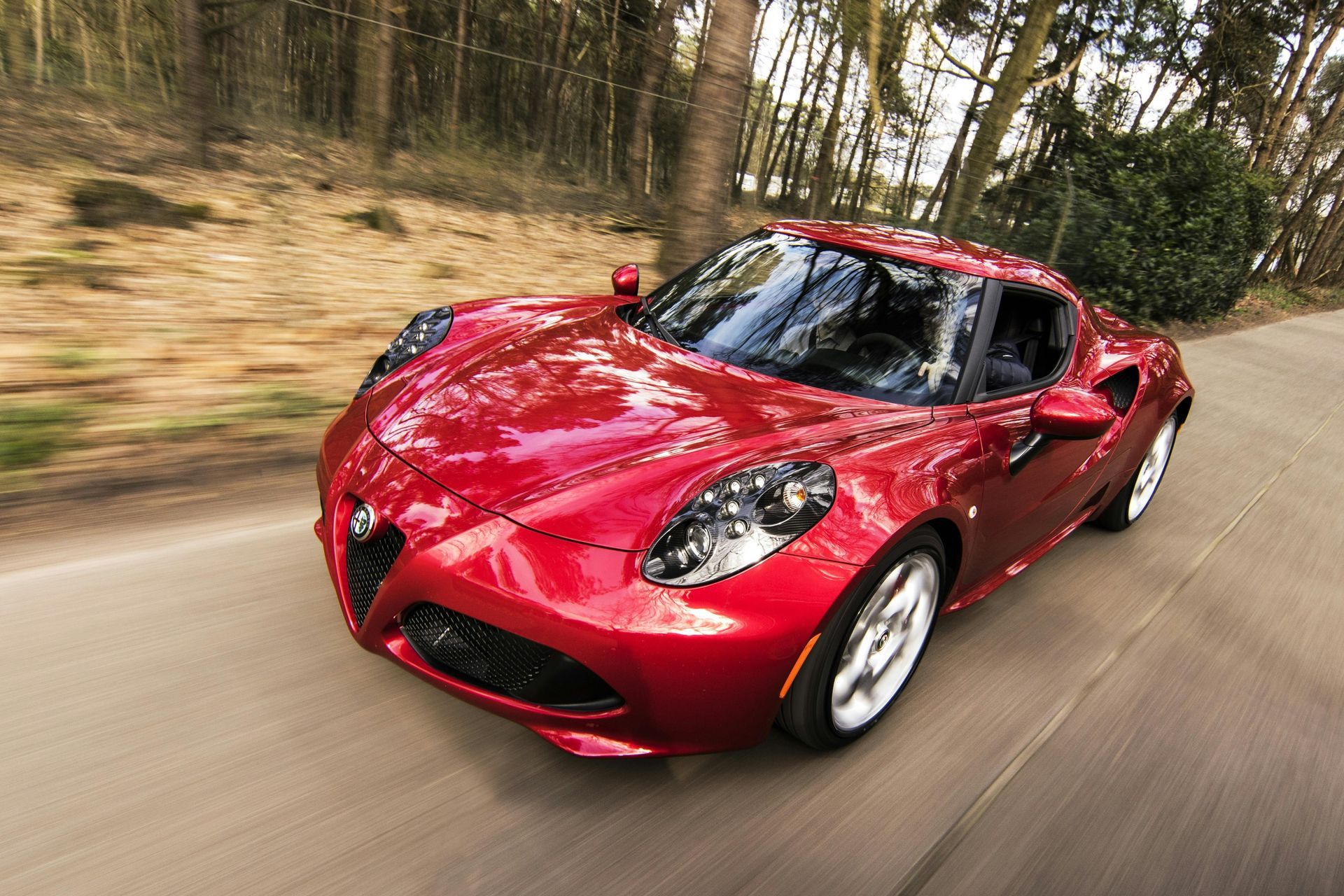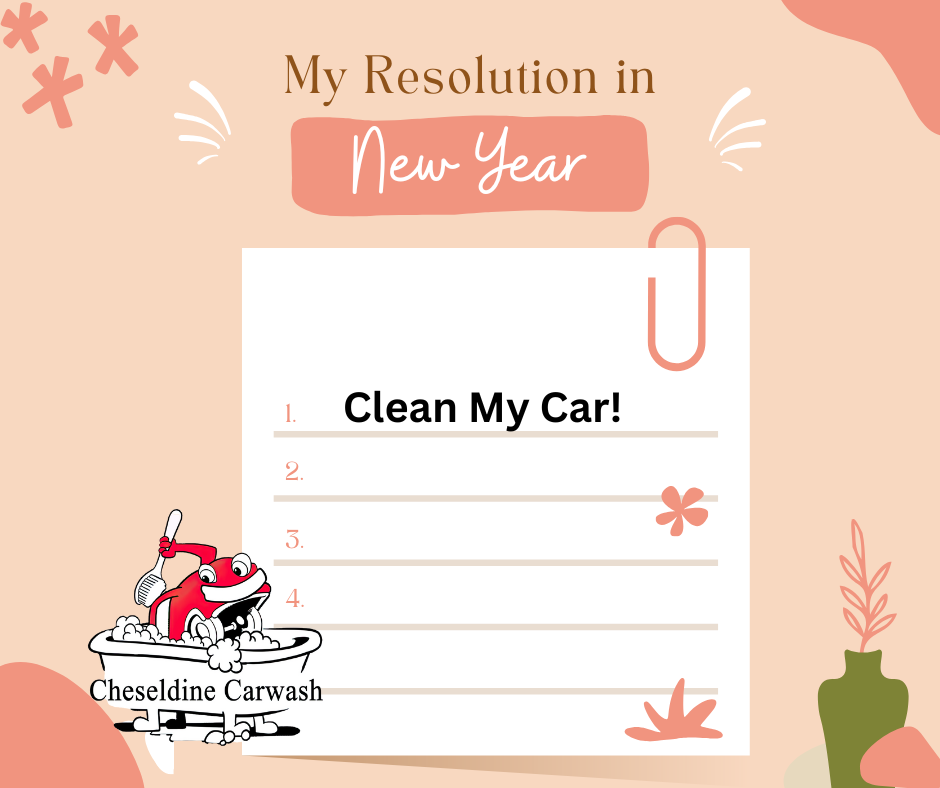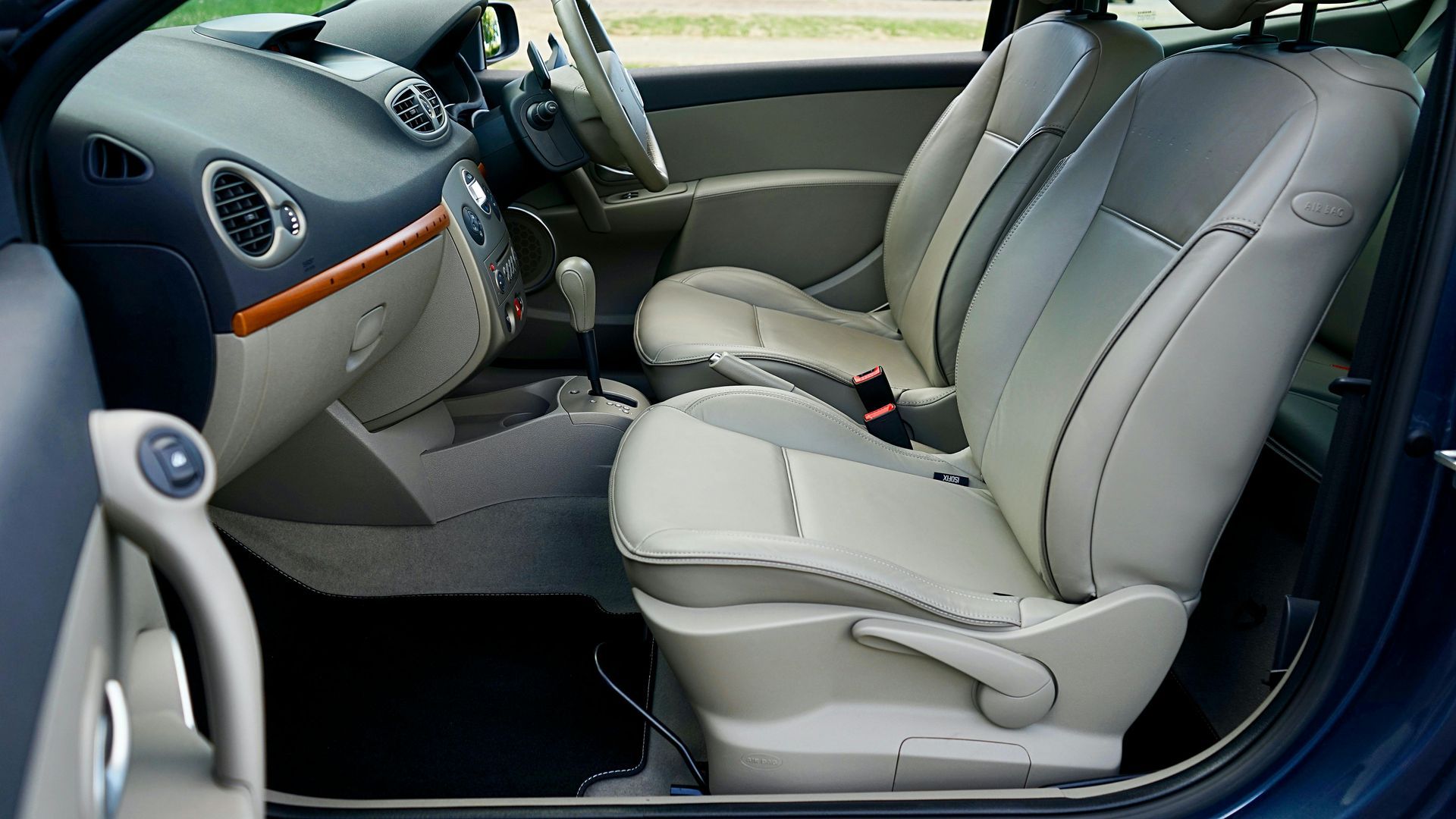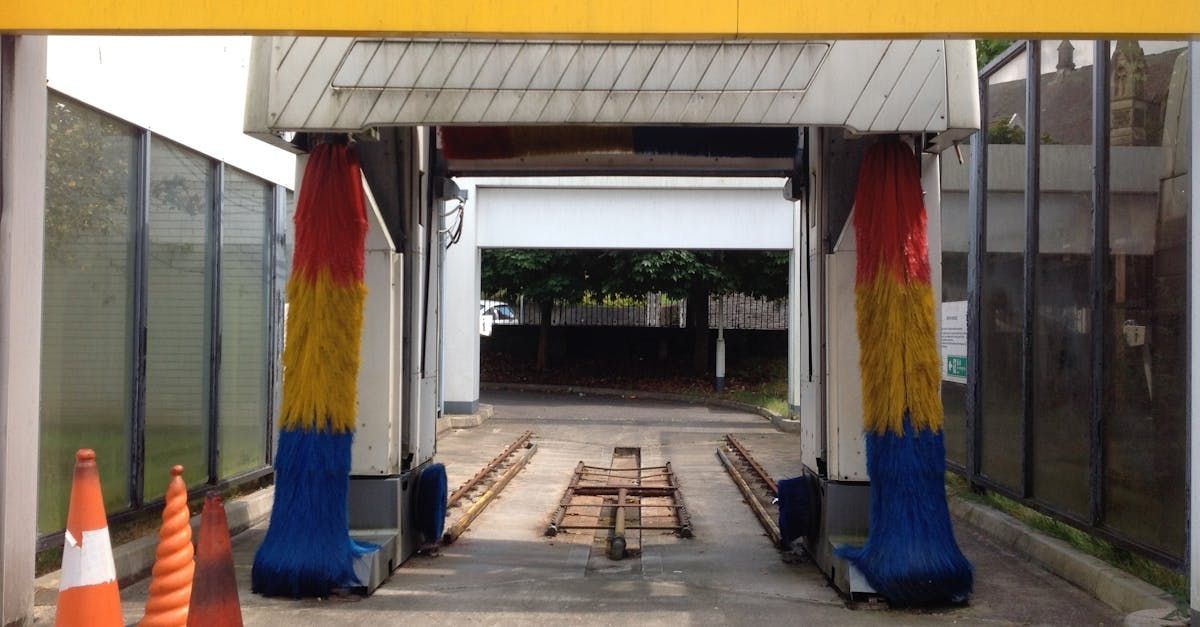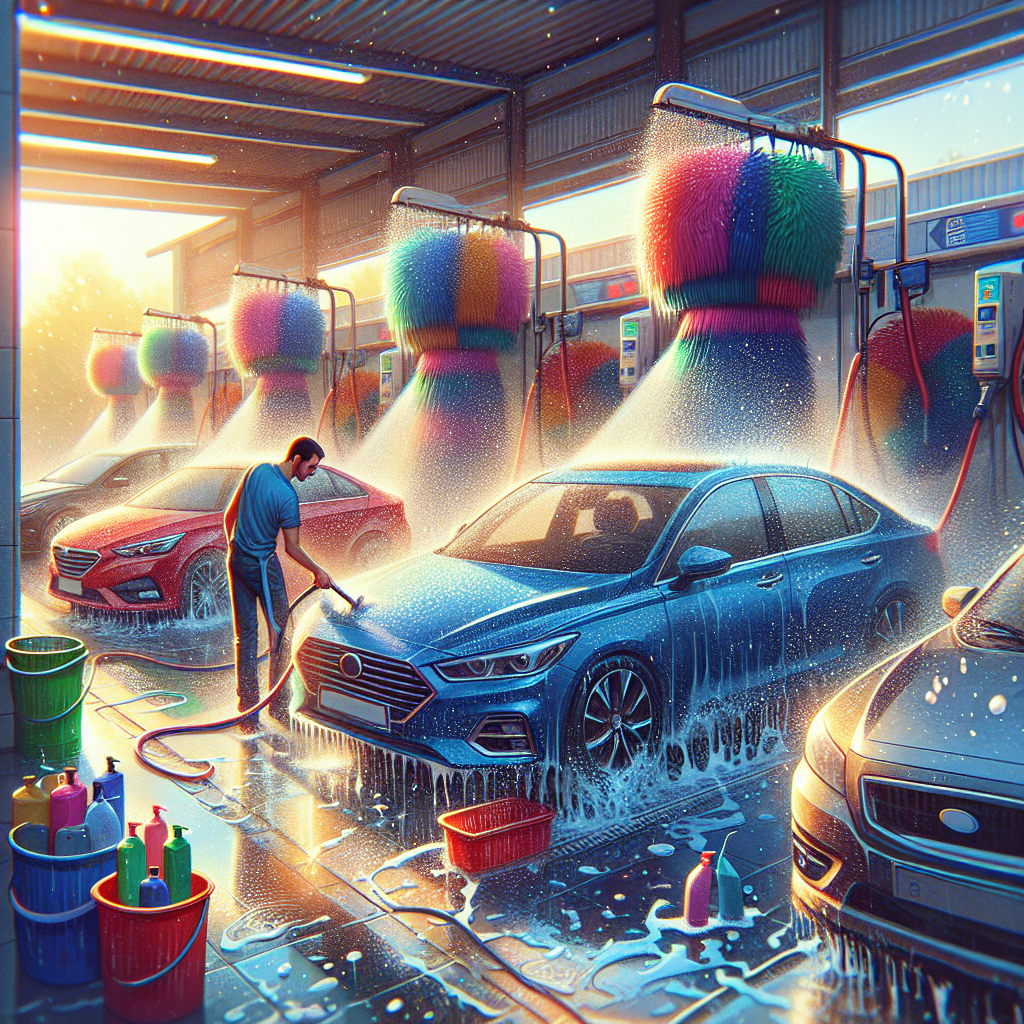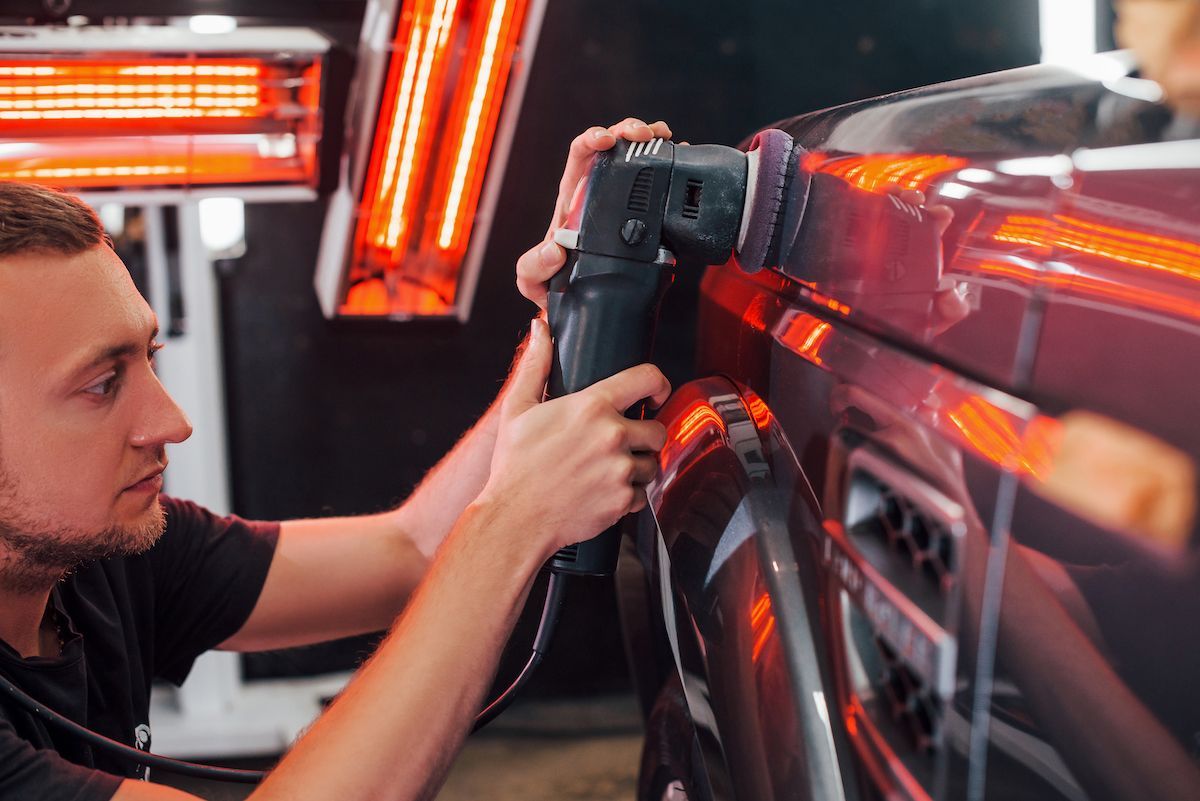Brought to you by the Cheseldine Auto Group.
Congested roadways and hectic schedules can anger drivers in a hurry to get from point A to point B.
While it’s easy to grow frustrated on the road, the growing number of incidents of road rage and driver aggression is a significant concern that should make drivers think twice before venting their frustrations when behind the wheel.
The National Highway Traffic Safety Administration says the number of fatal accidents involving enraged drivers has increased tenfold since 2004. Between 2010 and 2013, the percentage of drivers in the Washington, D.C. who said they often felt “uncontrollable anger toward another driver on the road” doubled, from 6 percent to 12 percent. Aggression on the part of drivers is routinely cited as a major contributor to many fatal crashes and other accidents.
According to the American Psychological Association, some people may be predisposed to road rage. Risk-takers, individuals who tend to anger more easily and people who identify as being generally aggressive or take-charge types may have a higher propensity to get angry behind the wheel.
The term “road rage” was coined by a local Los Angeles, Calif., news station after shootings occurred on several freeways in that city. NHTSA defines road rage as a driver “committing moving traffic offenses so as to endanger other persons or property; an assault with a motor vehicle or other dangerous weapon by the operator or passenger of one motor vehicle on the operator or passengers of another motor vehicle.” Road rage and aggressive driving are similar, but in the eyes of the law, road rage may result in a criminal charge while aggression may lead to a traffic citation.
While few drivers can say they have never become heated while driving, routine rage or aggressiveness is a cause for concern.
The following are some ways drivers can tame their aggressive driving.
· Allow for ample time to get to your destination. Feeling rushed on the way to an appointment or event may encourage risky road behavior or make you more likely to quickly lose your patience with fellow motorists. Allow for plenty of time to get where you need to go and you may feel calmer and more in control should traffic spring up. Even calling a party at your destination and explaining the traffic situation can alleviate tension.
· Share your commute. Commuters are more likely to experience road rage than non-commuters, simply because they tend to be on the roads each day in the heart of busy traffic. Carpool with another person to break up the driving responsibilities. Sitting in the passenger seat a few times per week may help keep your aggression levels in check.
· Think before reacting. It’s tempting to yell or signal to a driver that you are angered by his or her reckless driving. But take a few deep breaths before reacting, and you may feel more relaxed and more willing to let things go.
· Practice safe driving habits. Set an example on the roadways by following the speed limit, driving courteously and yielding to drivers when necessary. It’s better to drive defensively at all times than risk getting into an accident by driving aggressively.
Aggressive driving has the potential to be dangerous. Curbing driver anger is one of the keys to keeping the roadways safe.
Related Content: Car Wash Calvert County MD," "Touchless Car Wash St. Mary's County," "Car Detailing Lexington Park MD
Contact Us
Cheseldine Carwash
22667 Mercedes Dr,
California, MD 20619
OUR SECOND LOCATION:
21609 Great Mills Rd,
For More About Us Also Visit:
Opening Hours
- Mon - Fri
- -
- Saturday
- -
- Sunday
- Closed

